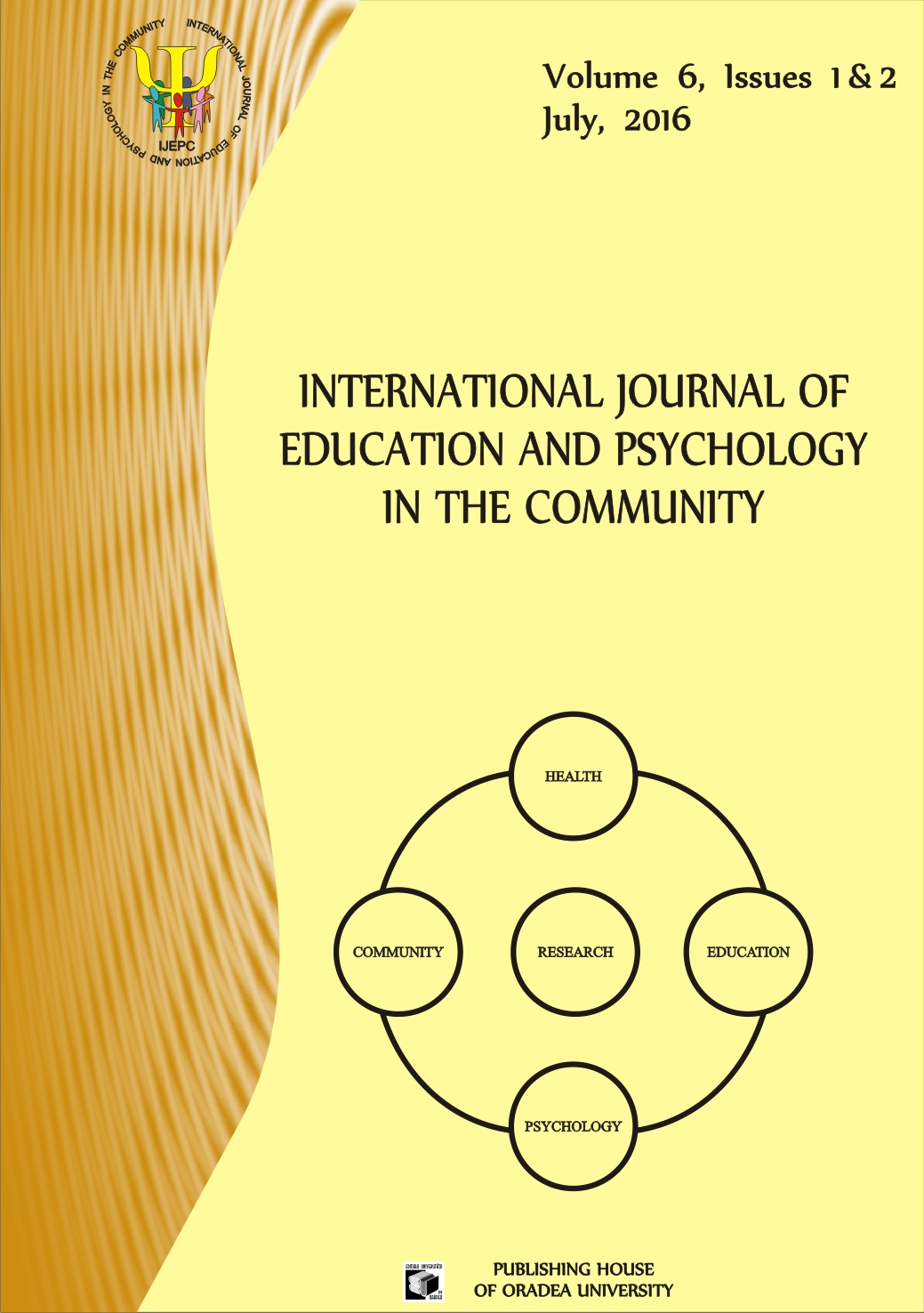The influences of inter-item correlations and sample sizes on the classification indices under item response theory: the simulation study
The influences of inter-item correlations and sample sizes on the classification indices under item response theory: the simulation study
Author(s): Narissara Suaklay, Nuttaporn Lawthong, Sirichai KanjanawaseeSubject(s): Education, Psychology
Published by: Editura Universitatii din Oradea
Keywords: classification indices; classification consistency; classification accuracy; item response theory; IRT
Summary/Abstract: This study purposed 1) to investigate the influences of inter-item correlations and sample sizes on the classification indices and 2) to compare the classification indices estimation methods under Item Response Theory, which was a simulation study. The data used in the study were secondary ones from Set A of the Ordinary National Education Test: O – NET with 30 items in Mathematic Subject for ninth grade students in the academic year of 2013. The population was 340,084 students. The samples used for initial data analysis were 5,000 units selected with the systematic random sampling in the simulation study from the R program. The results revealed that: firstly, it was found that Lee’s method provided insignificantly higher classification accuracy and consistency than Rudner’s method after considering cross points and overall images. In the case that the items had low consistency, both estimation methods have non-significantly different accuracies and consistencies at the significance level of .05. In the case that the items had high correlation, there was a chance that accuracies and consistencies might be significantly different at the significance level of .05. If the sample sizes were increased, the two methods might provide significant differences at the significance level of .05. Secondly, if the sample sizes were different regardless of the independencies between the items, it was found that the two methods could estimate the values of the indices with indifferent accuracies and consistencies at the significance level of .05. After analyzing the estimation methods, it was found that sample sizes did not influence both methods.
Journal: International Journal of Education and Psychology in the Community (IJEPC)
- Issue Year: VI/2016
- Issue No: 1&2
- Page Range: 106-120
- Page Count: 15
- Language: English
- Content File-PDF

